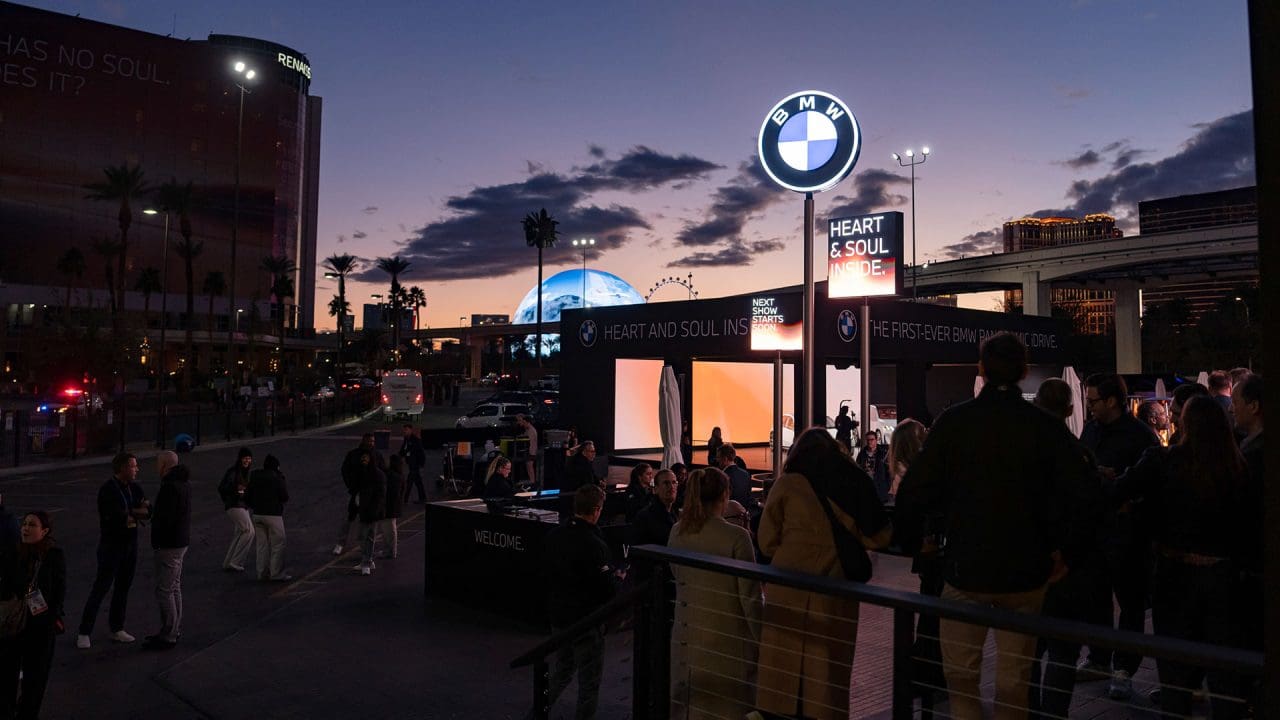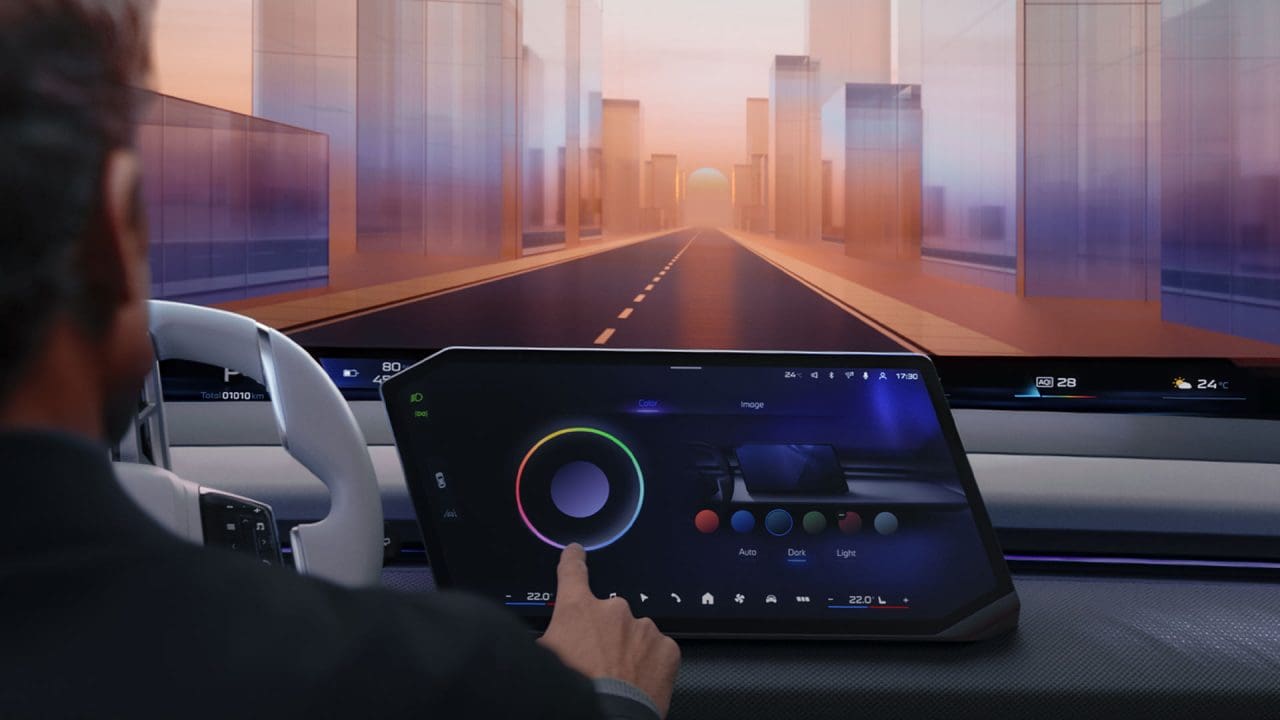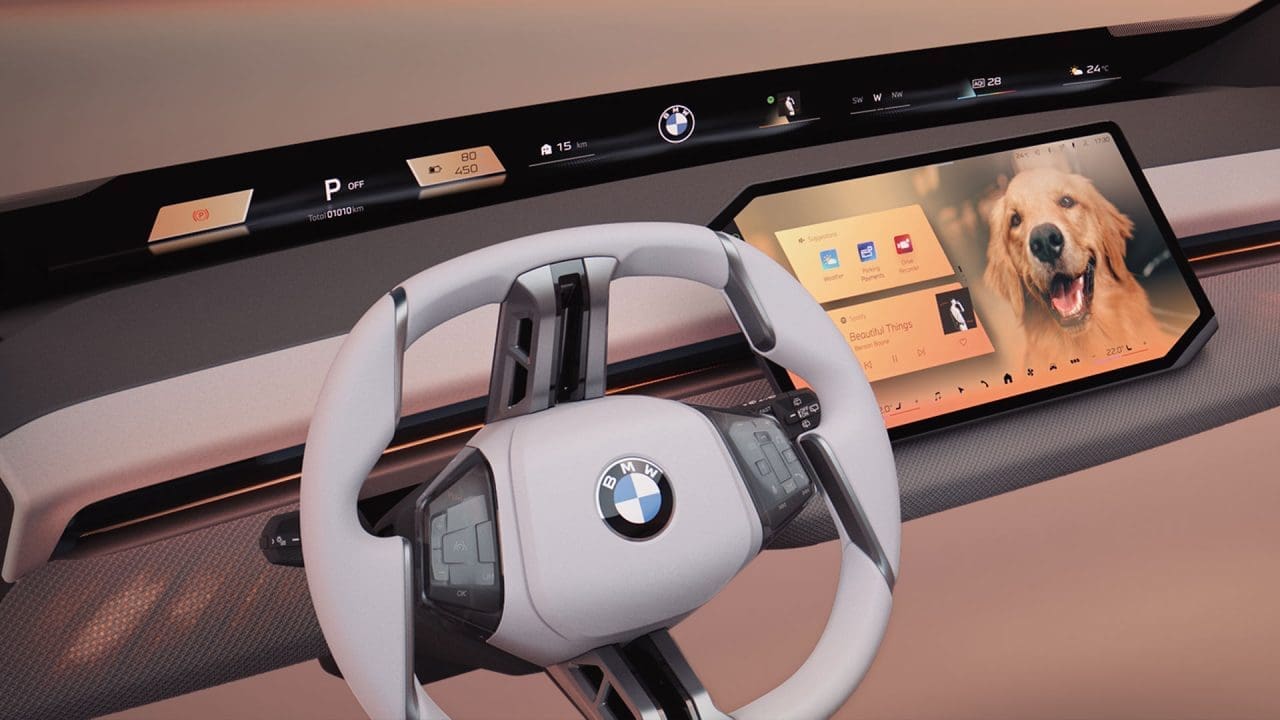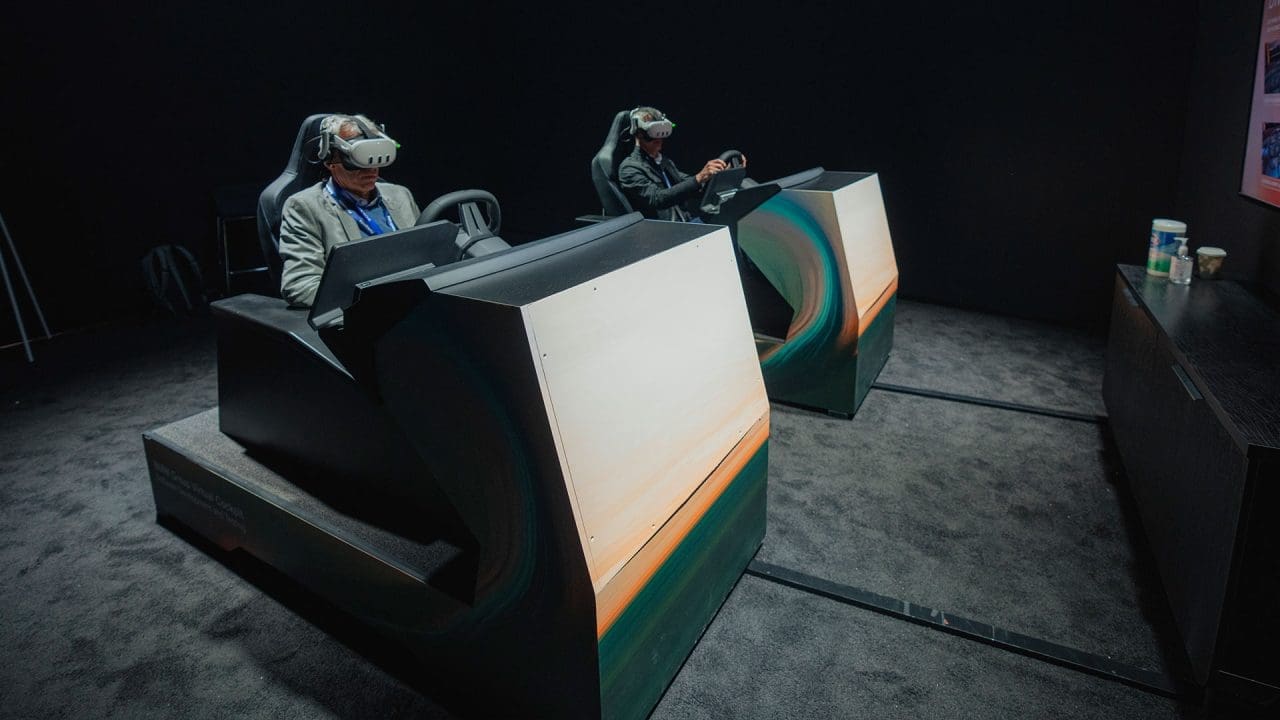The Drive Within: BMW’s Digital Revolution
It’s easy to forget just how radical the original iDrive was. Back in 2001, when most cars still had cassette slots and enough buttons on the dashboard to rival a Boeing 747, BMW looked at its flagship 7 Series and thought, “What if we got rid of most of this?” What followed was a seismic shift in automotive interiors, a single rotary dial on the centre console, connected to a digital menu system that controlled everything from navigation to entertainment. And it changed everything.
Fast-forward to 2025, and iDrive is no longer just a system. It’s a philosophy, a central pillar in BMW’s approach to digital innovation and user experience. It’s been prodded, poked, improved and reinvented over two decades, and now, with the introduction of Panoramic iDrive and the all-new Operating System X, BMW has effectively redefined what a car’s brain should look like.
But let’s not skip the plot. This isn’t just a story of flashy screens and voice assistants. It’s the story of a carmaker that has quietly (and sometimes loudly) been setting the pace for the entire industry’s digital transformation. The iDrive journey is only one part of BMW’s technology playbook, but it’s the part that touches the driver every single day.

The early 2000s were the wild west of in-car interfaces. Buttons, knobs, sliders, toggle switches, if it could be labelled, it probably had a dedicated control. BMW’s decision to consolidate everything into a single controller felt brave. Too brave, if you asked some reviewers. But time has a funny way of vindicating vision. While other brands scrambled to catch up, BMW doubled down on refinement. In 2003, it introduced the world’s first automotive head-up display (HUD), a fighter jet-inspired innovation that beamed key data into the driver’s field of view. By 2008, BMW was offering unlimited in-car internet access. And by 2012, it had opened the doors to third-party apps. Suddenly your car could talk to your phone, your calendar, and the wider digital world.
Touchscreens joined the party in 2015, making iDrive even more intuitive. But the real inflection point came in 2018 with the arrival of the BMW Intelligent Personal Assistant. It wasn’t just voice control, it was contextual, adaptive, and could handle commands like “I’m cold” by adjusting the climate settings, or “Take me home” without needing a postcode. It also laid the foundation for remote software upgrades, meaning your car could get smarter overnight without leaving the garage.
Then came Operating System 8.0 in 2021, which brought in BMW ID, effectively turning the car into an extension of your digital self. Personal settings like seat position, climate preferences, navigation history and even favourite playlists could be stored in the cloud and transferred between vehicles. Whether you were driving an X3 or an i7, your car already knew who you were.
And then there’s now.

Operating System 9 has taken cues from consumer electronics, flattening menus and simplifying interactions in a way that feels more like using a tablet than a traditional infotainment unit. It’s slick. It’s responsive. It supports in-car gaming through AirConsole, and enables full video streaming on demand. With 5G baked in and a digital pipeline fat enough for cinema-quality content, the car isn’t just a vehicle anymore, it’s a rolling entertainment hub.
But all of this, impressive as it is, is merely a warm-up act for what BMW is unveiling at the end of 2025: Panoramic iDrive.
Imagine sitting in a vehicle where the entire lower edge of the windscreen, from A-pillar to A-pillar, transforms into a subtle, ambient head-up display. That’s BMW Panoramic Vision. Unlike traditional HUDs that only the driver can see, this new system projects key information across the full width of the windscreen using a specially treated black strip. It’s elegant, immersive, and visible to all passengers. Pair that with a new 3D Head-Up Display focused directly in front of the driver, and you’ve got a multi-layered visual environment that feels like augmented reality without the clunky glasses.

The interface doesn’t stop at the glass. Panoramic iDrive is made up of four major elements: the Panoramic Vision HUD, the 3D Head-Up Display, a redesigned Central Display with QuickSelect swipe gestures and stacked widgets, and a next-gen Multifunction Steering Wheel with active haptics and illuminated controls. It’s all powered by BMW Operating System X, a new platform designed for seamless updates, third-party integration, and future-proof backward compatibility.
In short, it’s the most immersive, intelligent and personalised cockpit BMW has ever built.
It’s also built with electric vehicles in mind. The upcoming Neue Klasse platform, which will debut this technology, is BMW’s clean-sheet rethink of everything, powertrains, materials, UI, charging speed, energy efficiency. The numbers are impressive: up to 30 percent more range, 30 percent faster charging, and 20 percent better overall efficiency than current EVs. But the real story is what those numbers represent: a car built from the inside out to be digital-first, emission-free, and perfectly in sync with its driver.
And this is what makes BMW’s technology story so interesting. While some other brands have chased trends, slapping iPads onto dashboards and calling it innovation, BMW has been building a coherent, evolving ecosystem. Every generation of iDrive wasn’t just a cosmetic upgrade. It was a foundational shift in how humans interact with machines. From physical knobs to haptic buttons. From static screens to ambient projection. From walled gardens to open platforms.
It’s not about being first anymore. It’s about being fluid.

With more than 22 million BMWs now connected to the BMW Cloud, and over 13 million users on the My BMW app platform, the company isn’t just innovating in the lab, it’s delivering real-world functionality at scale. Remote climate control, route planning, profile syncing, digital keys, app-based diagnostics, these aren’t gimmicks. They’re part of daily life now. And they all run through the iDrive experience.
At its core, iDrive has always been about control. Not just over the car, but over the chaos. And in an age of sensory overload, endless notifications, and constant digital noise, that kind of control feels more necessary than ever.
So here we are, nearly 25 years since BMW decided to remove a few buttons and start a revolution. The car has changed. The roads have changed. But the mission has stayed the same: give the driver the tools to focus, to enjoy, and to drive, without compromise.
And as Panoramic iDrive prepares to take the wheel, it’s clear that BMW hasn’t just kept up with the future. It’s been quietly building it from the inside.
BMW TECH INNOVATION HIGHLIGHTS
2001
iDrive Debuts
One dial. One screen. About 60 fewer buttons. BMW introduces iDrive in the 7 Series and changes in-car UX forever.
2003
First Automotive Head-Up Display
Borrowed from fighter jets, projected into your windscreen. Speed, nav, alerts—no eye movement required.
2008
Unlimited In-Car Internet
BMW becomes the first carmaker to let you browse the web in your car. No one else was thinking WiFi. BMW already had it.
2012
App Store, But for Your Car
BMW opens the doors to third-party apps. Spotify, Audible, Twitter—all built into your dashboard.
2015
Touchscreen Integration
Swipe and tap your way through iDrive. Finally, a car screen that doesn’t feel like a microwave.
2018
Meet the Voice Inside Your Car
The Intelligent Personal Assistant arrives with OS 7.0. Natural language, contextual commands, and machine learning baked in.
2018
Remote Software Upgrades
Your car updates itself overnight. New features, improved performance, no appointment necessary.
2021
BMW ID Goes Live
Your personalised driver profile now lives in the cloud. Step into any BMW and it becomes your car.
2023
In-Car Streaming + Gaming
Fire TV. AirConsole games. 5G. WiFi hotspot. Charging time is now entertainment time.
2025
Panoramic iDrive
A full-width HUD, OS X, and a central brain that thinks faster than most people in morning traffic. This is BMW’s interface masterpiece.

